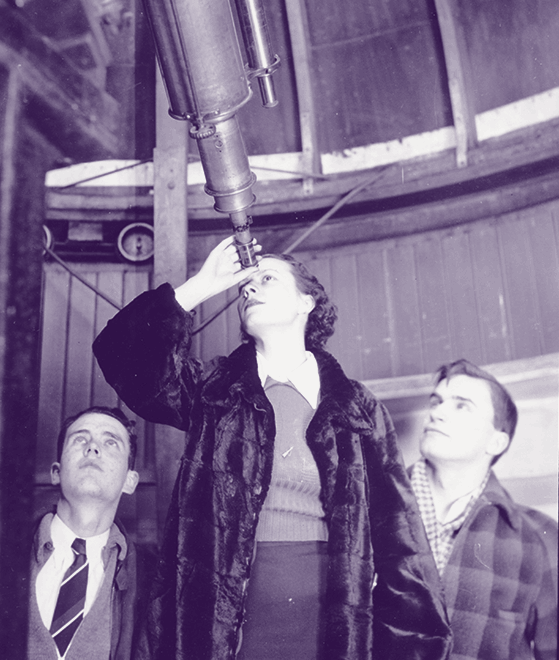
Prairie Burn Aims for Invasive Plants
Biologist hopes that delayed schedule will help control non-native species
Knox College biologist Stuart Allison is delaying the annual spring prairie burn this year, hoping to make a dent in a couple of non-native plant species at Green Oaks, the college's biological field station and prairie restoration project.
 Two species -- yellow sweet clover and white sweet clover -- were introduced from Eurasia as forage crops several hundred years ago. "The clovers do really well in prairies and can shield out the native grasses and flowers," Allison said. "One way of getting rid of them is to burn a little later in the spring."
Two species -- yellow sweet clover and white sweet clover -- were introduced from Eurasia as forage crops several hundred years ago. "The clovers do really well in prairies and can shield out the native grasses and flowers," Allison said. "One way of getting rid of them is to burn a little later in the spring."
Normally, Allison and his crew of several dozen Knox students would have completed a prairie burn by April 1; this year, the burn is tentatively set for mid-April.
Allison, with his colleagues and predecessors in the Knox biology department, have been working since the 1950s to restore several tallgrass prairies at Green Oaks. Restoration techniques have included annual burns, re-seeding, and -- to control the toughest unwanted species, such as black locust and autumn olive -- selective application of herbicides.
Comprising some 700-acres [approximately 280 hectares], about 20 miles [approximately 30 kilometers] from the Knox campus, Green Oaks is one of the oldest tallgrass prairie restoration projects in the nation. Research conducted at Green Oaks has helped guide restoration projects nationwide.
"Sweet clover is a biennial -- it has a two-year life cycle," Allison says. "In the first year, it produces seedlings, and in the second year they bolt very quickly. That gives them an advantage over the native plants."
Last year, in 2008, "the clover got out of control -- that's why I decided to burn later this year," Allison says. "It's a recognized technique for combating clover, and we'll gather data to see how well it works for us."
Restoration involves balancing competing processes -- early spring burning lessens the impact on nesting birds. "A later burn could affect species such as the Henslow's Sparrow, which we have at Green Oaks." While not common, the sparrows have recovered enough in recent years to be removed from the endangered species list in Illinois, Allison says. In addition, Allison now rotates burns among several areas, so that no section of prairie at Green Oaks is burned every year.
Research by Knox students and faculty at Green Oaks has examined plants, birds, and mammals, while art projects have included painting, sculpture and installations using prairie vegetation.
Photo: Stuart Allison preps for a prairie burn at Green Oaks. Below, a student works the burn in 2008.

Published on April 09, 2009

